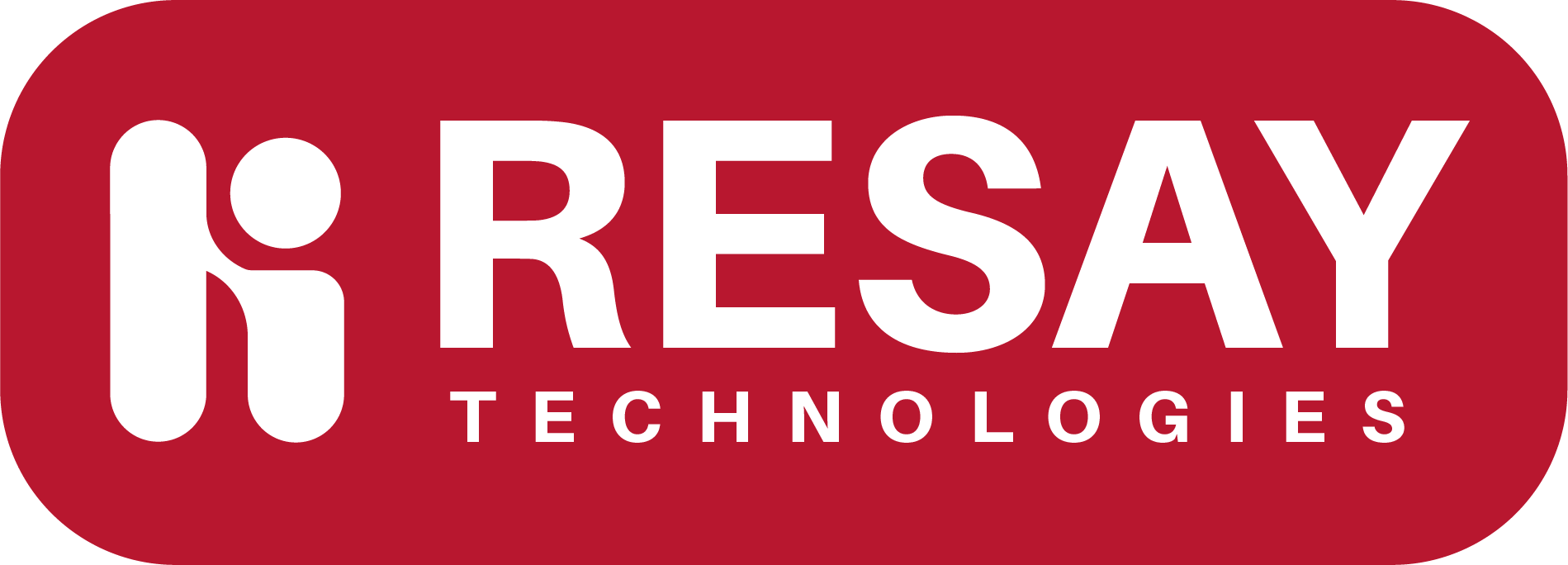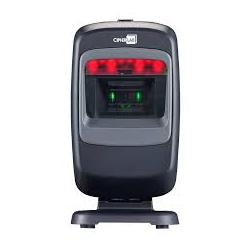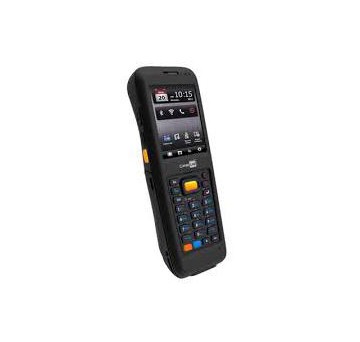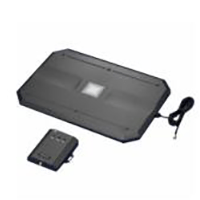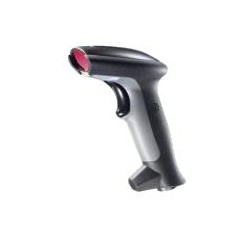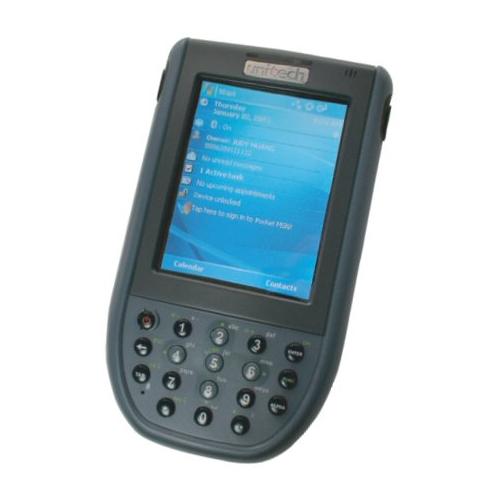RFID scanners, which stands for Radio-Frequency Identification, is a technology that uses wireless communication to identify, track, and manage various objects or people. It involves the use of RFID scanners tags or labels and RFID readers to transmit and receive data. RFID scanners has a wide range of applications in different industries due to its ability to provide efficient and automated identification and tracking. Here are key components and applications of RFID technology:
Key Components of RFID:
- RFID Tags:
- RFID tags are small devices that contain an integrated circuit (IC) and an antenna. The IC stores information, and the antenna enables communication with RFID readers.
- Tags can be passive (powered by the RFID reader’s signal) or active (contain their own power source).
- RFID Readers:
- RFID readers are devices that use radio-frequency waves to communicate with RFID tags. They read and write data to the tags.
- Readers can be fixed or handheld and come in various forms, such as desktop readers, industrial readers, or mobile readers.
- Antennas:
- Antennas are essential components of both RFID tags and readers. They facilitate the transmission of radio-frequency signals between the tags and readers.
- RFID Middleware:
- Middleware is software that facilitates communication between RFID hardware (readers and tags) and enterprise-level software systems. It manages data processing and integration with existing systems.
Types of RFID Systems:
- Passive RFID Systems:
- Passive RFID tags do not have their own power source. They rely on the energy provided by the RFID reader’s signal to transmit data.
- Cost-effective and commonly used in applications like inventory tracking, access control, and supply chain management.
- Active RFID Systems:
- Active RFID tags have their own power source (typically a battery). They can transmit signals over longer distances and at higher frequencies.
- Suitable for applications requiring longer read ranges, such as real-time location tracking and monitoring.
- Low-Frequency (LF), High-Frequency (HF), and Ultra-High-Frequency (UHF) RFID:
- RFID operates at different frequency ranges, including LF (125–134 kHz), HF (13.56 MHz), and UHF (860–960 MHz).
- The choice of frequency depends on the application, with LF and HF commonly used for proximity cards and access control, while UHF is popular in logistics and supply chain management.
Applications of RFID:
- Inventory Management:
- RFID is widely used in retail, warehouses, and manufacturing for tracking and managing inventory levels, reducing errors, and improving efficiency.
- Supply Chain and Logistics:
- RFID helps streamline supply chain processes by providing real-time visibility into the movement of goods, reducing delays and enhancing overall efficiency.
- Access Control and Security:
- RFID is used for access cards and badges in security systems, allowing for secure entry and exit in buildings or restricted areas.
- Asset Tracking:
- Many industries, including healthcare, use RFID for tracking and managing assets such as medical equipment, tools, and IT devices.
- Library Management:
- Libraries use RFID for automated check-in and check-out processes, inventory management, and anti-theft systems.
- Smart Packaging:
- RFID is integrated into packaging to provide information about the product’s origin, expiration date, and authenticity.
- Automated Toll Collection:
- RFID is used in electronic toll collection systems, allowing vehicles to pass through toll booths without stopping.
- Animal Tracking:
- RFID tags are used for tracking and managing livestock, pets, and wildlife.
- Healthcare:
- RFID is used for patient tracking, medication management, and monitoring the location of medical equipment within healthcare facilities.
- Waste Management:
- RFID is employed in waste management systems for tracking and optimizing the collection and disposal of waste.
RFID technology continues to evolve, and its widespread adoption in various industries has contributed to increased efficiency, accuracy, and automation in many processes.
